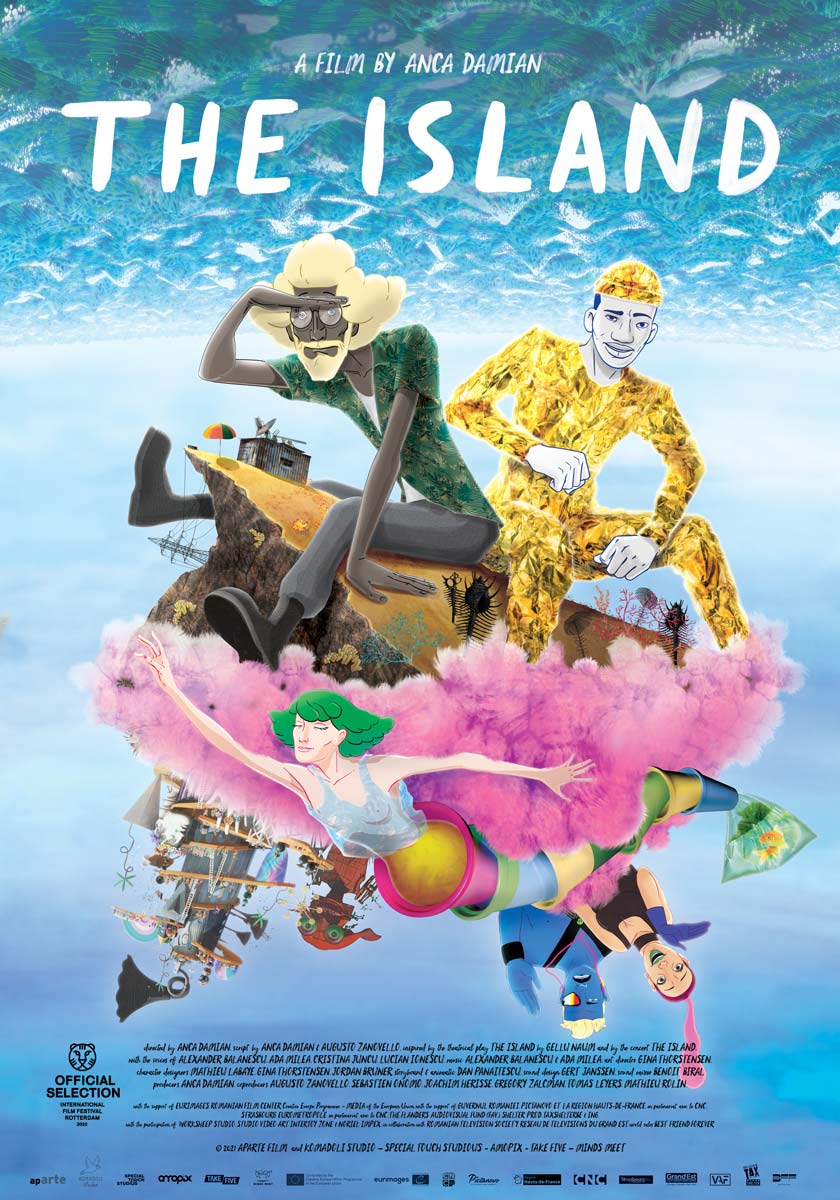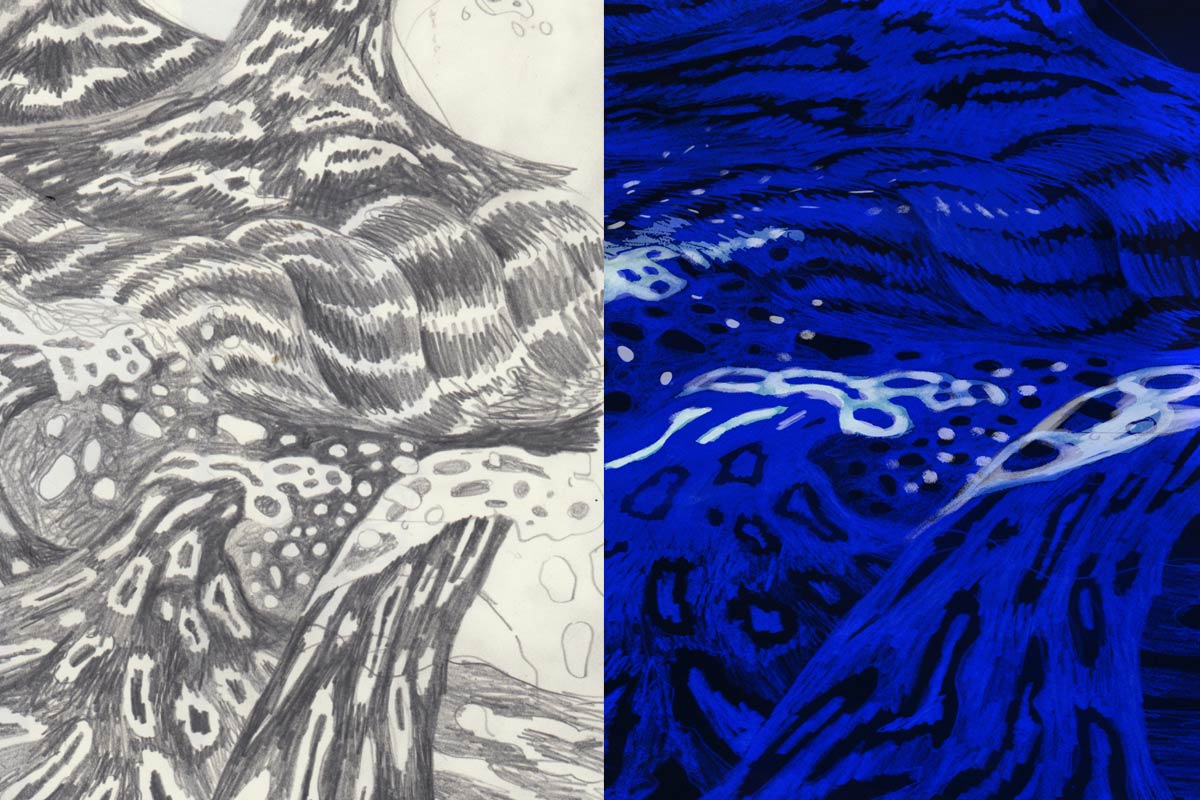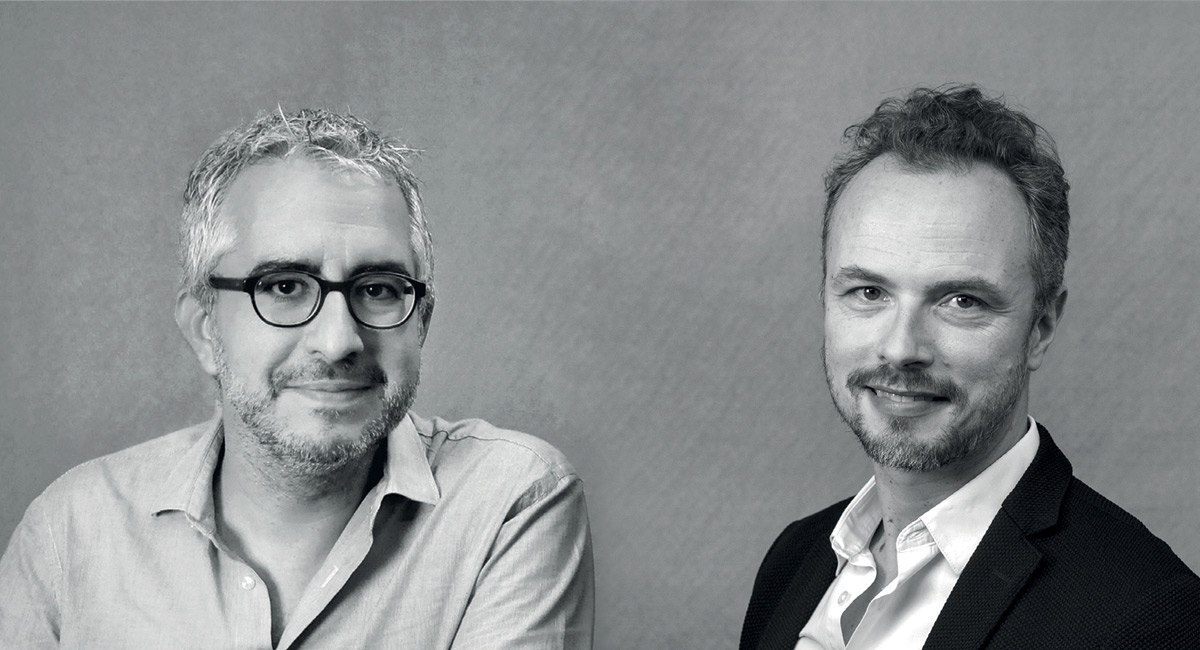Synopsis
This is a musical fable about the Robinson Crusoe legend. Here, Robinson is a doctor and unlike the real Crusoe he actively wants to be alone. But his island, in the middle of the Mediterranean Sea, is being invaded by migrants, NGOs and guards. He saves Friday, the only survivor from a boat of refugees travelling from Africa to Italy. On this island, Robinson encounters the most extraordinary people, and he imaginatively confronts the absurdity of day-to-day life. It’s a little like The Little Prince meets Monty Python.
Film credits
Director: Anca Damian
Scriptwriters: Anca Damian and Augusto Zanovello (based on Insula by Gellu Naum)
Artistic director: Gina Thorstensen
Storyboard: Dan Panaitescu
Music: Alexander Bălănescu and Ada Milea
Productions: Aparte Film, Komadoli Studio, Special Touch Studios, AMOPIX, Take Five, and Minds Meet
Target audience: Adults / Young adults
Techniques: 2D digital, 3D digital
Running time: 85 minutes
The Island is an animated musical centering on a man in an island in the Mediterranean Sea with an impressive visual style that pop, lightly-paced storytelling, and upbeat violin music. We observe through his mysterious journey the essence of two world issues of humanity: immigration and ecological collapse.
The film was inspired by a music concert by two Romanian musicians Ada Milea and Alexander Balanescu, based on Insula (English: The Island), a Romanian play by Gellu Naum. Insula is a reinterpretation of Daniel Defoe’s Robinson Crusoe.
We interviewed Anca Damian, the director of the film, about her creative intentions on several aspects of the film. We recommend that you read our previous interview with her on the film, which we did at Cartoon Movie 2020, to have a deeper understanding of her words in this article.
Interview with Anca Damian
Hideki Nagaishi (HN): The film has vivid color palettes and bright music, and we meet some characters with bright personalities and positive attitudes in the film. What were your intentions behind them?
Anca Damian: As the film deals with the big issues of our society (namely disconnection from one another and also from nature, as society is built on what separates us and competing one against the other), my intentions were to package the film with colorful images and haunting music in order to attract and entertain the audience. I also think that beauty should exist in any film and also that nothing is just good or bad, drama and laughter coexist in life.
Regarding the positive attitudes especially for the main characters – Robinson and Friday – I wanted to point out that having the best of intentions is not enough. We should do more, just rebuilding our society would make possible the world of tomorrow.
The Promised Land built from the best of intentions is in fact a prison, because the best of intentions need freedom and love to find a ground to flourish.
HN: The visual universe of the film is a mixture of several visual techniques: traditional hand-drawn 2D animation, cut-out animation, and 3D CGI. What did you take care in to naturally integrate those visual techniques in the film?
Anca Damian: The visual concept of the film was based on the intention to create an immersive universe, so the sets are 3D CGI. Also, my concept was that everything that is done by nature should be painted, while what the humans make do not integrate, and so the textures were added in cut out. The characters were done in 2D and the fluid elements like the sea in 3D CGI with Houdini*. I always think that if the visual concept is adequate to the story, there is no difficulty in matching up the different techniques. We paid a lot of attention to compositing; it was really an artistic contribution from Mathieu Perrier and Dan Panaitescu who were responsible for it.
*: Houdini is a VFX software developed by SideFX, used primarily for effects and simulations.
HN: In addition to the previous question, could you please let us know the strength and difficulties of each animation technique you found through the development of the film?
Anca Damian: I can say that I’ve already been mixing techniques in all my films. Every technique has an asset that makes it better for something: 2D line animation allows a lot of subtle acting, the 3D sets empower the spatial dimensions, Houdini helps visualize the fluidity in a controlled way, while cut-out enables, in a rapid way, the texturing of the 2D animation. The difficulties usually are challenges, and also inspirational at some point, if you work with the right people and you know what you want to achieve.
HN: Could you please let us know the reason why you decided to deal with immigrant and ecological collapse in this film, and why the story of Robinson Crusoe was a good starting point to deal with those two human issues?
Anca Damian: I think that these two issues are reflecting our separation from other humans and also from nature. We name other humans immigrants because they are not born on the same land/continent, but in fact we all are living on Earth, a planet in the infinite universe. We also think that we have the right to use natural resources without respect, destroying our habitat. Robinson Crusoe is the story of the encounter of two “different” humans, but who are reflecting one another. If Daniel Defoe was limited by his own judgments, we can now look at the reflection of the savior and the saved, and ask ourselves who is saving who, and also think what can be done so that both will be able to survive in the nature that the “civilized” human destroyed.
HN: What did you take care in the most when you wrote the lyrics/poems that guide the audience throughout the film? And what kinds of things are you hoping the audience will feel or think from them?
Anca Damian: The dialogue in the film is poetical, containing absurd humor and repetitive lines that stay like an echo. Poetry nowadays is rarely valued, so I wondered if the audience will connect to the story.
I expect the audience to use less of Robinson’s analytical mind and connect to his playful soul, to find the child inside who will guide them to search for their Paradise.
HN: Lastly, could you please let us know the biggest creative challenge in the film and how you accomplished that?
Anca Damian: The film is in itself unique and the challenges were to have a different narratorial approach: the narrative pulse is linked to the animation and is meant to flow as a poem. Images and sound (music) are places in the foreground, emphasizing the fact that the film creates patterns in space, image-representations and vivid paintings.
The film is at the intersection of all arts, literature, poetry, dance, music, visual arts but also new arts so this was film is meant to reflect the infinite possibilities of cinematographic art.









